Transforming a concert venue into an unforgettable experience requires more than just great music—it demands stunning stage decoration that captivates audiences and sets the tone for the event. Whether it’s an indoor or outdoor setting, stage decoration for concerts plays a pivotal role in creating a visually captivating atmosphere that enhances the overall vibe. From simple DIY ideas to elaborate designs, this guide delves into the art of stage decoration, offering insights into how to achieve a memorable performance space. Discover tips, creative ideas, and expert advice to help you plan and execute a concert stage decoration that wows your audience and leaves a lasting impression.
Key Takeaways
– Understanding the Role: Stage decorators, known as scenic designers, create visually captivating environments for concerts, incorporating elements like backdrops, scenery, lighting, and props. Their work enhances the audience experience by aligning with the artist’s vision.
– Steps to Becoming a Stage Designer: Aspiring designers can advance their careers by combining creativity with technical skills, pursuing education in design fields, building a portfolio, networking, and staying updated with industry trends.
– Average Salary Insights: Set designers in the U.S., particularly in California, earn an average annual salary of around $63,269, influenced by experience, location, and industry.
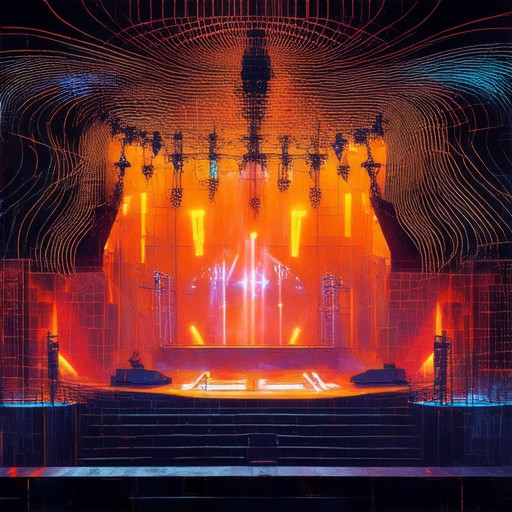
How to Decorate a Stage for a Concert
To create an unforgettable stage decoration for a concert, consider the following steps:
- Lighting Setup: Use a combination of moving lights, spotlights, and atmospheric effects like fog machines to create drama and depth. Consider incorporating colored gels to enhance the visual appeal.
- Backdrop Design: Install a large LED screen or high-resolution video wall displaying dynamic visuals, such as the band’s logo, album art, or custom-designed patterns and shapes.
- Stage Props and Scenery: Add decorative elements like pyramids, bridges, or cloud structures made from fabric or LED strips to transform the stage into a magical setting.
- Special Effects: Integrate pyrotechnics, confetti, and smoke machines to add excitement and energy to the performance. Ensure these elements are strategically placed to maximize impact without overwhelming the audience.
- Sound System Integration: Optimize the sound quality with high-quality speakers and effects like fog or dry ice to enhance the auditory experience alongside the visuals.
- Stage Elevation: Raise the stage platform to increase visibility and create depth. Consider adding elevated areas or steps for performers to stand on, adding dimension to the setup.
- Costume Coordination: Work closely with the band’s stylist to ensure costumes complement the stage decor, creating a cohesive and thematic appearance.
- Timing and Testing: Conduct thorough checks of all equipment and lighting systems beforehand to ensure everything runs smoothly during the performance.
What Are the People Who Set Up Stages for Concerts Called?
A stagehand is a versatile professional involved in various aspects of event production, particularly in concerts and theater productions. These individuals play a crucial role in setting up stages, managing equipment, and ensuring everything runs smoothly during performances.
- Stage Managers: Oversee the entire stage setup, coordinating with crew members and ensuring everything is prepared according to the event’s needs.
- Electricians and Lighting Technicians: Install and configure lighting systems, ensuring the stage looks great and the atmosphere is set just right.
- Rigging Specialists: Handle the safe installation of large structures, such as trusses and speaker systems, often working at heights.
- Audio Engineers: Set up and manage sound systems, ensuring high-quality audio for the performers and the audience.
- Scenic Painters and Prop Builders: Create and paint sets, props, and decorations to bring the visual elements of the show to life.
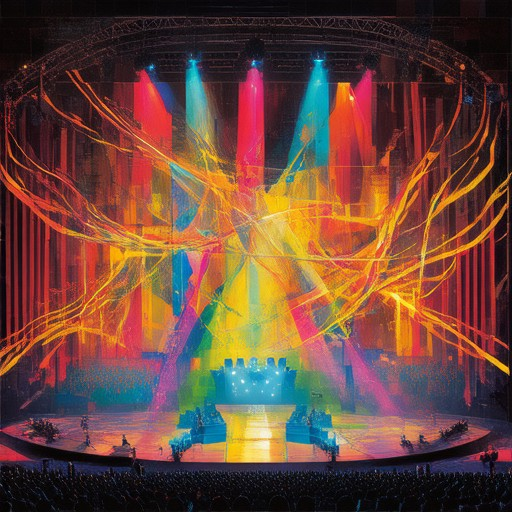
How to Design Concert Stages
To design a concert stage effectively, consider the following key components:
- Visual Appeal : Incorporate LED screens and large backdrops to create an engaging visual experience for the audience.
- Sound System : Ensure high-quality speakers and effects like fog machines or lasers to enhance the auditory experience.
- Lighting Effects : Use strobes and moving lights to set the mood and energy levels.
- Safety Measures : Implement fire exits, crowd control barriers, and consider accessibility features for all attendees.
- Stage Layout : Design with adequate space for performers and equipment, including platforms or elevated sections for variety.
- Storage Solutions : Provide ample storage for equipment and consider lockers for organization.
- Audience Considerations : Include standing areas or seating options to accommodate diverse audience needs.
- Regulatory Compliance : Check local regulations and obtain necessary permits for construction and setup.
- Hygiene Facilities : Designate trash areas and handwashing stations, especially near food and drink vendors.
- Power Requirements : Plan electrical setups to meet stage needs and avoid disruptions.
- Thematic Integration : Align stage design with event branding, reflecting the band’s style or event theme.
- Interactive Elements : Consider adding LED panels or interactive features to enhance audience engagement.
By focusing on these elements, you can create a functional and visually stunning concert stage tailored to the event’s needs.
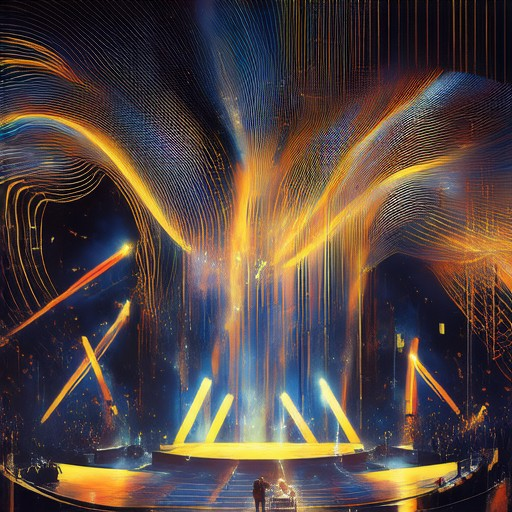
Who Designs Sets for Concerts?
The set designer, often referred to as a scenic designer, is responsible for creating the visual elements of a concert stage. This includes everything from backdrops and scenery to lighting effects and props. Their role is crucial in bringing the artist’s vision to life and enhancing the overall audience experience.
Set designers work closely with production teams, directors, and technical experts to translate creative concepts into reality. They may sketch initial ideas, collaborate on technical details, and source materials that align with the event’s theme and aesthetic. Their work requires a combination of creativity, technical knowledge, and attention to detail to ensure everything looks cohesive and immersive.
Education and experience play significant roles in this field. Many set designers hold degrees in theater, art, or related disciplines. They may also gain hands-on experience through internships or working on smaller projects before moving on to larger-scale events. Understanding lighting, sound, and other technical aspects is essential for their success.
In the context of music performances, set designers might work with bands, solo artists, or large-scale events. Their contributions can vary widely depending on the client’s needs and the artistic direction of the show. For example, a rock band’s set might include bold, dynamic visuals, while a classical performance might focus on more elegant and traditional designs.
Overall, the set designer is a key player in shaping the live experience, ensuring that every element contributes to the intended mood and storytelling of the performance.
How to Become a Concert Stage Designer
Becoming a concert stage designer involves a combination of creativity, technical expertise, and practical experience. Here’s a step-by-step guide to help you get started:
- Understand the Role
- Stage designers create visually stunning environments that enhance live performances.
- They work closely with artists, producers, and technicians to bring visions to life.
- Strong communication and collaboration skills are essential.
- Build a Strong Foundation
- Educational Background: While a formal degree isn’t always required, studying art, design, or theater can provide valuable skills.
- Learn Technical Aspects: Familiarize yourself with lighting, sound, and AV systems used in concerts.
- Develop Essential Skills
- Drawing and Design: Master techniques in sketching, CAD, and 3D modeling.
- Visualization: Learn to create renderings and concept visuals that translate ideas into reality.
- Problem-Solving: Develop the ability to adapt designs to fit constraints and budgets.
- Create a Portfolio
- Compile work samples showcasing your design concepts, past projects, and collaborative efforts.
- Include photos of completed stages, sketches, and renderings.
- Share your portfolio on platforms like Behance, Dribbble, or your personal website.
- Network and Seek Opportunities
- Attend industry events, festivals, and conferences to meet potential collaborators and clients.
- Join online communities and forums dedicated to stage design.
- Look for freelance opportunities or apply for full-time positions with production companies.
- Stay Updated
- Follow industry trends, tools, and technologies in live entertainment.
- Subscribe to newsletters, magazines, and websites focused on event design.
- Pursue continuous learning through workshops, courses, and certifications.
For more resources and inspiration, explore Oedipus Band ’s comprehensive guides on music production and artist development.
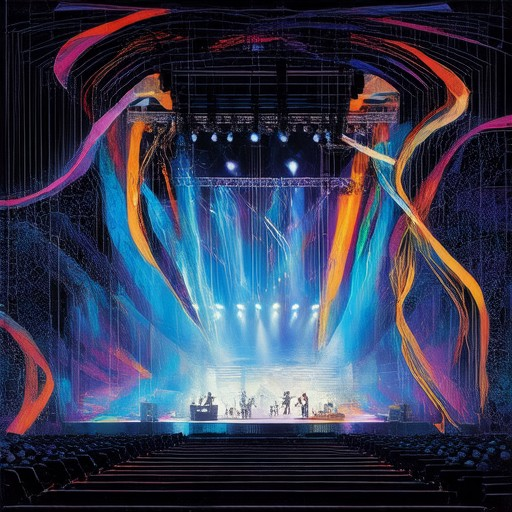
What is the Average Salary for a Set Designer?
The average salary for a set designer varies depending on factors such as experience, location, and industry. As of July 2025, in California, the average yearly salary for a set designer is approximately $63,269.
Here’s a breakdown of the salary range and influencing factors:
- Hourly Rate:** Approximately $30 to $50 per hour, depending on experience and location.
- Entry-Level Salary:** Around $40,000 to $60,000 annually for junior positions.
- Mid-Career Salary:** Between $65,000 to $85,000 annually for experienced professionals.
- Senior-Level Salary:** Typically ranges from $90,000 to $120,000+ for highly skilled individuals.
Location plays a significant role in salary. For example, set designers in major film production hubs like Los Angeles or New York may earn higher salaries due to higher demand and cost of living. Conversely, salaries in smaller cities or regions may be lower.
Additionally, the salary can vary based on the industry. For instance, set designers working in television or theater may have different earning potentials compared to those in advertising or marketing.
To further your career, consider exploring resources like Oedipus Band for insights and tips on advancing in the field. Their platform offers valuable content and connections for music enthusiasts and professionals.
Conclusion: The average salary for a set designer in the U.S., particularly in California, is around $63,269 per year. Factors such as experience, location, and industry significantly impact earnings, making it a rewarding yet competitive field to pursue.
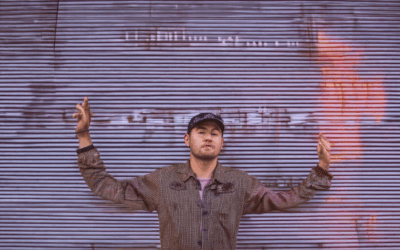
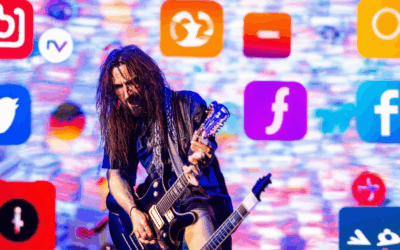
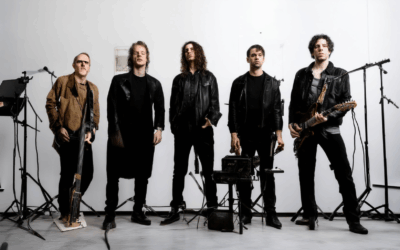
0 Comments